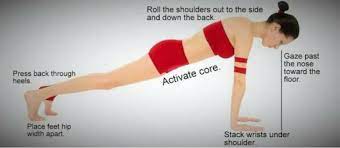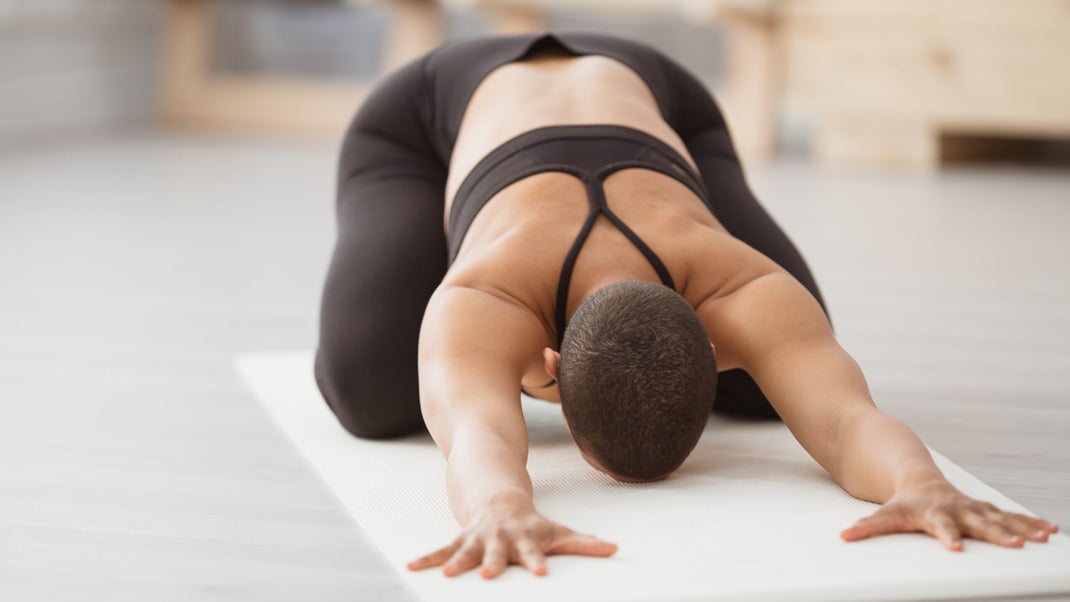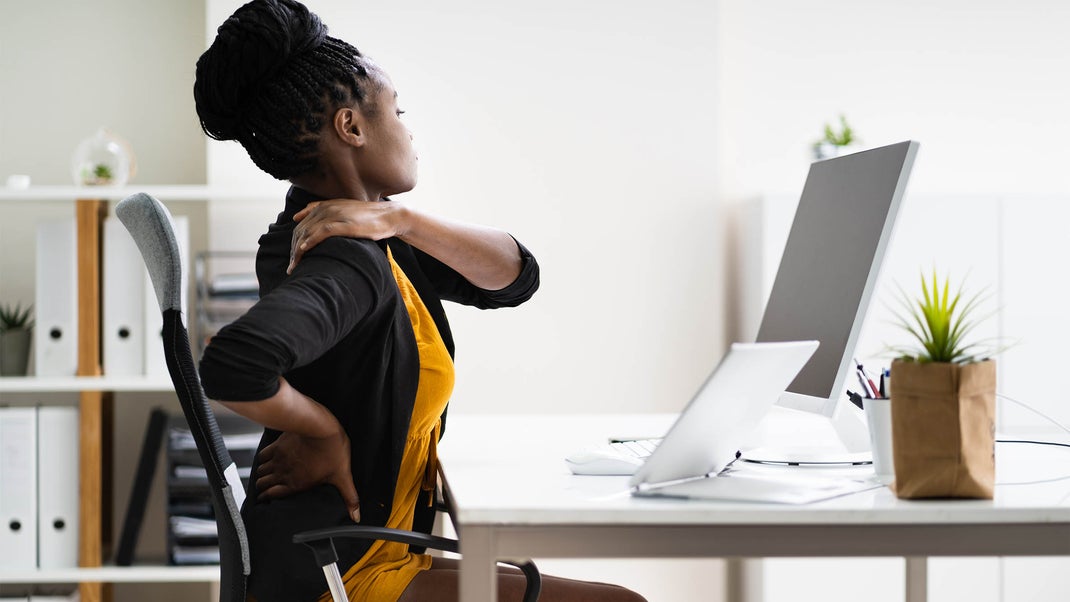“Plank Pose – Step by Step Instructions” is a blog post that talks about Plank pose and what you need to do in order to achieve it. Planks are an essential exercise for those who want to work on their core strength, balance, and stability. The plank position also trains the abdominal muscles as well as your back muscles.
Plank is one of the most foundational poses in yoga for lots of good reasons. Each time you visit this grounding pose you’ll build abdominal strength and power in your arms and wrists.
You’ll also strengthen the muscles surrounding the spine, which improves posture. The increased strength and stamina you build in Plank will help you with more challenging postures like Boat Pose, Dolphin Pose, and Side Plank Pose.
The benefits of this posture aren’t just physical. Plank Pose also builds mental endurance and deep focus. Holding the pose when your arms start to shake is a powerful reminder that you can tackle challenges both on and off the mat.
Because Plank Pose is part of the Sun Salutation sequence, it’s easy to cruise through it during a vinyasa without focusing on your alignment. So make sure to dedicate some time in your practice exploring Plank on its own.
It can take some time to build up enough strength to hold Plank Pose for more than a breath or two. If you’re still building up the core and arm strength, drop to your knees. If the full expression of Plank Pose puts too much pressure on your wrists, the forearm version of the pose can reduce the strain.
Plank Pose: Step-by-Step Instructions
Plank is a basic yoga position that offers an excellent full-body stretch. Beginners should be aware of their breathing while easing into Plank Pose. For those who prefer video, see our Plank Pose video here.
Step 1
Start in Downward Facing Dog. Then inhale and draw your torso forward until the arms are perpendicular to the floor and the shoulders directly over the wrists, torso parallel to the floor.
Step 2
Press your outer arms inward and firm the bases of your index fingers into the floor. Firm your shoulder blades against your back then spread them away from the spine. Also, spread your collarbones away from the sternum.
Step 3
Press your front thighs up toward the ceiling, but resist your tailbone toward the floor as you lengthen it toward the heels. Lift the base of the skull away from the back of the neck and look straight down at the floor, keeping the throat and eyes soft.
Step 4
Plank Pose is one of the positions in the traditional Sun Salutation sequence. You can also perform this pose by itself and stay anywhere from 30 seconds to 1 minute.
Plank Pose Information
Pose Level
1 – Beginner
Contraindications and Cautions
Carpal tunnel syndrome
Plank Pose Modifications and Props
Do Downward Facing Dog with your index fingers and thumbs pressed against a wall. Inhale the torso forward, as above, and press the crown of your head against the wall. Use the pressure of the head on the wall to learn about the release of the shoulder blades down the back.
Deepen the Pose
Open the space between the shoulder blades. As you press the outer arms inward, push the inner borders of the shoulder blades into this resistance. Make sure you don’t narrow across the collar bones to do this. This is a useful action to learn for poses like Bakasana and Sirsasana.
Preparatory Poses
- Downward Facing Dog
- Four-Limbed Staff Pose
Follow-up Poses
- Downward Facing Dog
- Bakasana (Crane Pose)
- Four-Limbed Staff Pose
Beginner’s Tip
To help strengthen the arms in this pose, loop and secure a strap around your upper arms, just above the elbows. Push the inner arms out against this strap. Release the outer arms from the shoulders to the floor, and lift the inner arms from the bases of the index fingers to the shoulders.
Plank Pose Benefits
- Strengthens the arms, wrists, and spine
- Tones the abdomen
Partnering
A partner can help you learn about the lift of the top thighs in this pose. While in the position, have your partner loop a strap around the topmost thighs, just where they join the pelvis, and lift up. Press your tailbone down, against this lift, and lengthen along your back thighs through your heels.
Variations
Just as Downward Facing Dog has a one-leg-lifted variation, so does Plank Pose. After coming into the position, inhale and lift one leg parallel to the floor. Press strongly through the raised heel and lengthen through the crown of your head, keeping the tailbone pressed towards the pubis. Hold for 10 to 30 seconds, exhale the foot to the floor, then repeat with the left leg for the same length of time.
Conclusion:
Plank Pose offers an excellent full-body stretch and is a basic yoga position that beginners should be aware of their breathing while easing into. Plank pose can also be performed by itself and hold anywhere from 30 seconds to one minute.
Plank pose benefits include strengthening the arms, wrists, and spine as well as toning the abdomen. A partner can help you learn about lifting your top thighs in Plank Pose which will allow for deeper hip flexion through your back thighs leading towards stronger external rotation too!
Plank Pose has variations such as holding it with just one leg lifted parallel to the floor or performing this balancing variation on each side consecutively without losing form for maximum strength-building potentials.





